
The refilling of used drums of well-known manufacturers with fake paints is an issue affecting the construction industry in the region. Gulf Construction talks to Fred Aalbers, marketing manager of Sigma Paints, on the problem and ways to overcome it. Excerpts from the interview:
Counterfeit paint entered the market some two years ago. How widespread is the problem now? Does it extend Kingdom-wide?
Oddly enough, the counterfeit paint issue began in 1996, the same year when Sigma launched the plastic paint packaging. While we saw the user-friendly plastic packaging as an excellent development for consumers, the fact that the drums could be resealed opened the doors for some unscrupulous elements.
Since then, we have seen this phenomenon grow throughout the main regions of the Kingdom. More importantly, it has spread across several countries in the GCC region. Obviously, the impact is strongest in Saudi Arabia where the paint market is the largest in the GCC with decorative paints market alone is valued at SR1 billion ($271 million) annually.
While the problem is not widespread enough to cause a major impact on sales, it is the dilution and damage to the brand, plus the sheer illegality of practice, which concerns us.
Are these counterfeit paints being sold at a cheaper rate?
Yes, they are.
Which are the Gulf countries that have been affected by fake paints being dumped into the market?
Saudi Arabia is the most affected region. It is also the one that would logically be the primary target, since it represents 60-70 per cent of the total paint market in the GCC. And, anything that affects the Saudi market eventually affects the whole of the regional paint market. The other Gulf countries affected include Bahrain and we are beginning to see it in the other GCC countries, although on a much lower scale than in Saudi.
Which are the main paint manufacturers who have suffered from this threat of counterfeiting?
The leading paint manufacturers and the paint industry as well are the major victims. As one of the leading manufacturers of quality paints worldwide, and the first to introduce resealable plastic drums, Sigma Paints is definitely the favourite target. We believe that a few other top brands are also affected. The interesting thing is that the counterfeiters target the best brands. We invest substantially in making the best quality products, and similarly with building our brand and in consumer education. As a result, consumers know brands like Sigma well and hold them in very high regard. All of which makes it easier for counterfeiters to attempt to use our brand perception and values for their fake products.
As mentioned before, the obvious fear is that this phenomenon could result in erosion in consumer confidence for top end brands. We are also concerned that purchasing behaviour could be affected, as consumers turn cautious about even reputed multi-brand outlets, and prefer to go to exclusive single-brand dealers.
Which are the outlets that the end-user should avoid when buying paint?
There is no 100 per cent guarantee to be given as to where an end-user should go to to avoid buying counterfeited paints. But a general 'rule' is that it is best to buy only from authorised dealers and distributors. Additional advantages are that usually these outlets have qualified sales and technical staff to support and advise their customers on the issue of paint and application.
Are there any features that the end-user should look for to ensure that he is not buying counterfeited paint?
In general it is difficult for an end-user to distinguish the visual difference between the 'original' paint and its counterfeit. Only when the product is applied the result and the difference will be very obvious. One thing to do is to look at the production date on the packaging. The end-user has to be cautious when this production date is more than two years old.
One way of ensuring that the end-user buys genuine products is to buy them from the agents and distributors. Which are Sigma Paints recognized distributors/agents?
Sigma Paints in Jeddah; Riyadh; Khobar; Dubai; Abu Dhabi; and Oman; as well as Sigma Paints with Skyline Trading Corporation in Bahrain; Building Systems Corporation in Kuwait; Combined Industries in Lebanon; Shehade & Yassin in Syria; Tadmur in Qatar; and Seagull Group in The Maldives.
Is there a nexus between agents and counterfeiters?
Sigma Paints is not aware of nor believes there is any connection between agents and counterfeiters.
Has Sigma been able to pinpoint the small operators who have been cheating the industry by refilling paint in used empty drums?
Sigma Paints has been able to pinpoint only a small number of these operators. But it is generally very difficult to trace the counterfeited paint back to the source.
What are the recommendations for the paint industry to stamp out this menace?
There are a couple of immediate steps that consumers could take. One is buying only from authorised dealers and distributors. We are aware that this means a rather more limited range of outlets to choose from, but paints are not an everyday purchase. And when you are looking for the quality of a top end brand like Sigma, it is useful to ensure that you are actually getting Sigma. With paints, it is useful to recognise the lifetime cost of the product rather than just the one time price you pay at purchase.
Also, consumers can get a lot of added value by going to authorised dealers and distributors. They get not only expert advice on paints, but also free access to some really useful IT that will help them make a better assessed selection. An example of this use of IT is SigmaStar and the Sigma Automated Paint Dispensers, which can make even small quantities of paint in almost any shade. Authorised Sigma outlets can also provide a list of approved applicators. These are paint contractors who have gone through Sigma's own training programmes in quality paint application and even in decorative techniques such as combing, ragging and stenciling.
Secondly, consumers could report any instances of fake paint to the authorities and to the brand manufacturers. That helps track down the culprits faster and fight the spread of the problem. Clearly, if it gets too difficult to manufacture the fakes, there is less likelihood that the counterfeiters will keep on doing it.
What are the measures taken by the government authorities to eradicate the problem? And what further steps can be taken to wipe out the threat?
The governments are continuing to try to protect the consumers from manufacturers and suppliers that do not comply with the accepted quality standards and business ethics. The product category of paints is one out of the many product categories they have to cover.
To prevent reuse of its drums, Sigma is to launch new packaging. What are the special features of the packaging, which will assure the end-users that they contain Sigma Paints products?
As from March 2000, Sigma Paints has introduced an innovation once more. After the pioneering introduction of the plastic packaging, Sigma Paints has now made this plastic packaging tamper-proof. The tamper-proof 15-litre drum has been introduced in March, the tamper-proof one-gallon drum will be introduced in June. The drums feature two, clearly visible, small plastic parts that have to be removed (by hand) from the rim at the top of the drum. This will provide the user with the necessary space for the fingers to start removing the lid from the drum. In other words, an end-user is 100 per cent sure of an authentic Sigma Paints product if these plastic parts are still on the rim of the drum.






.jpg)
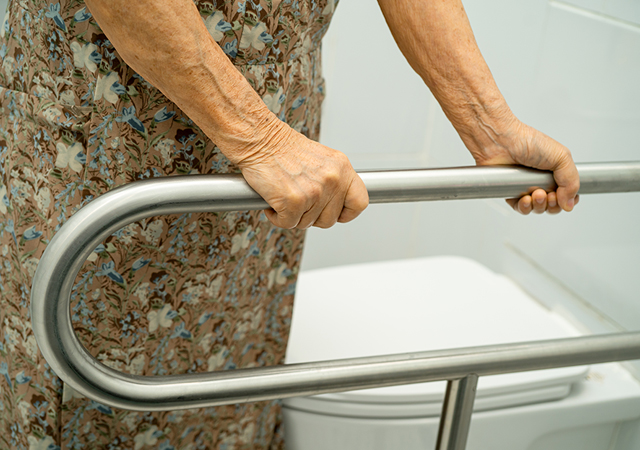







.jpg)



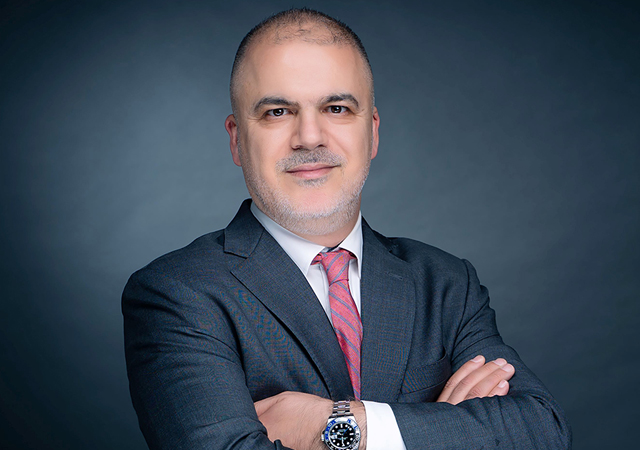

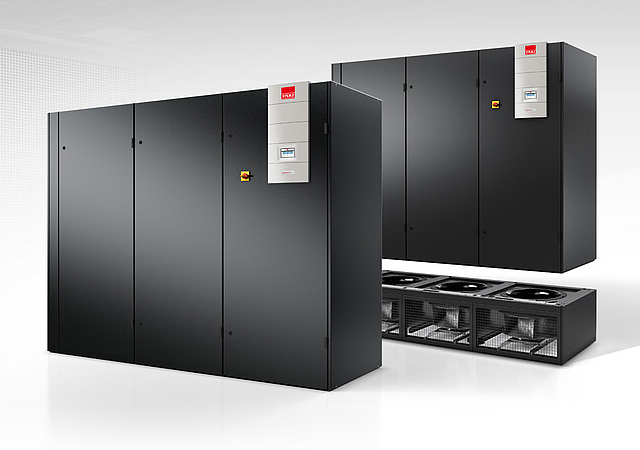


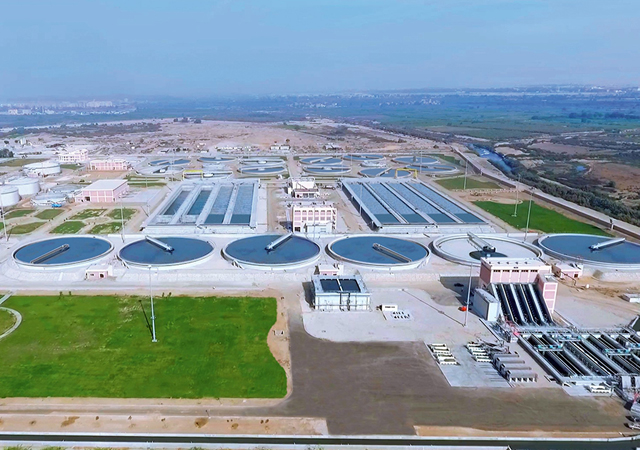



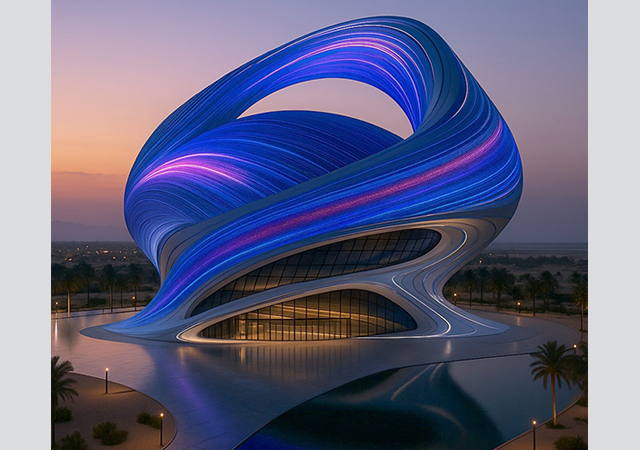

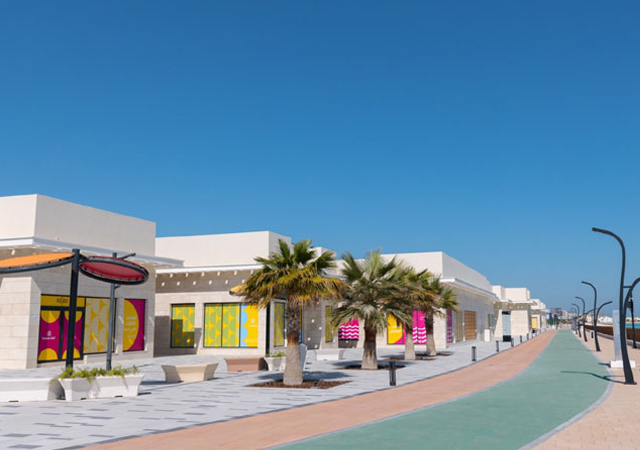
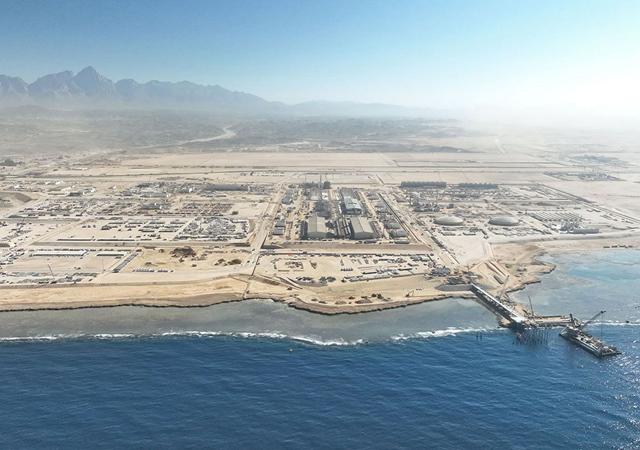


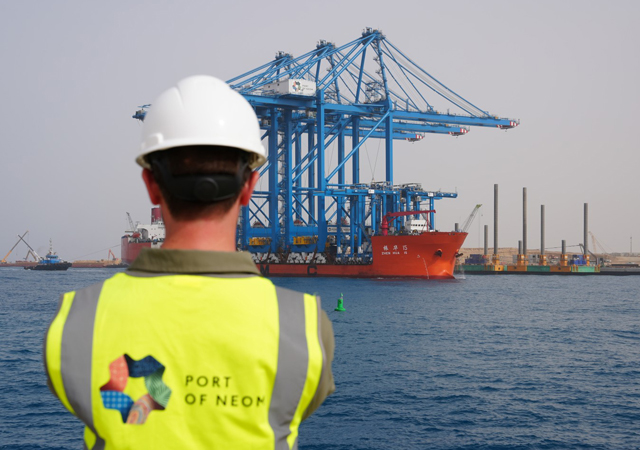
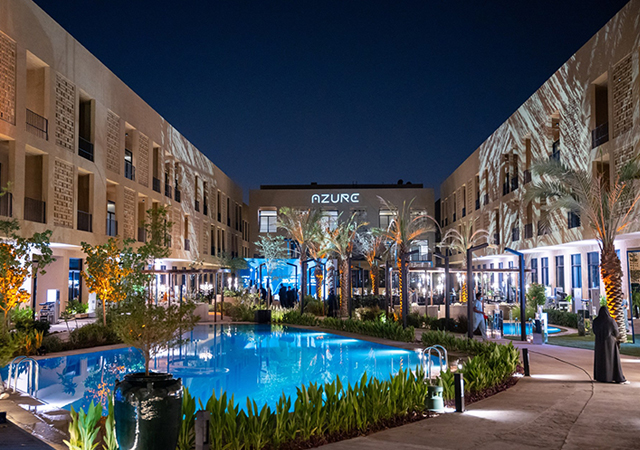
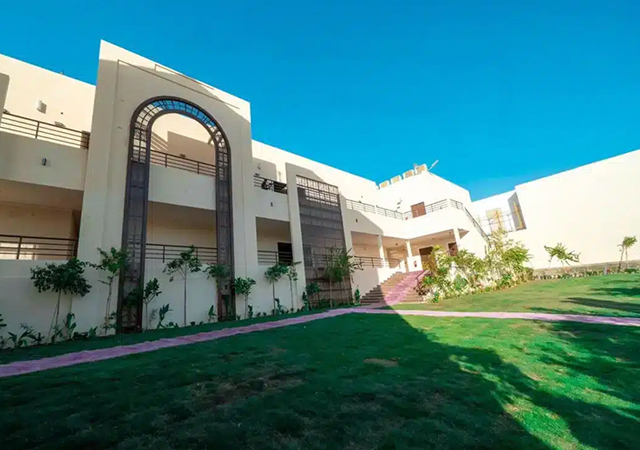

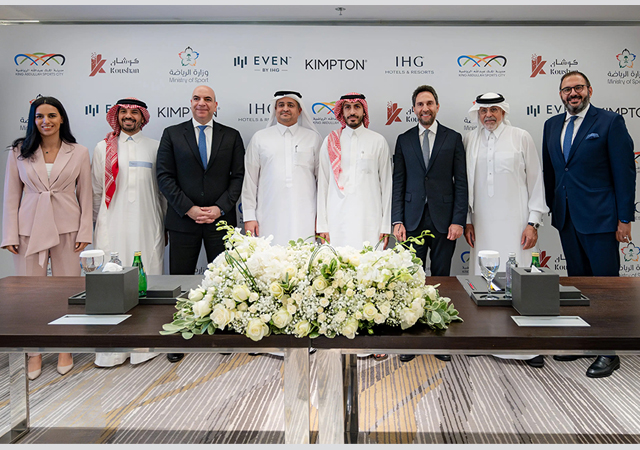


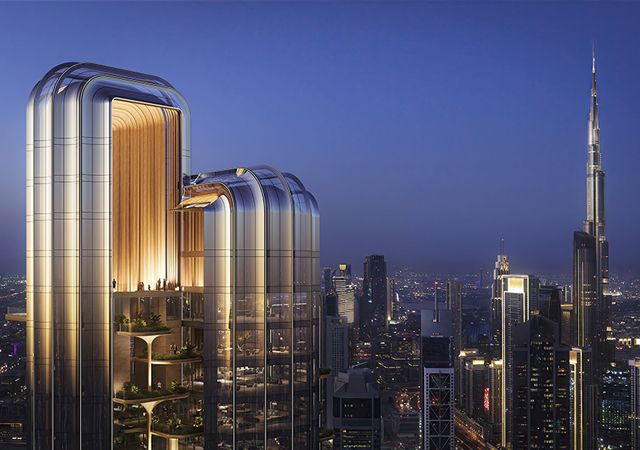





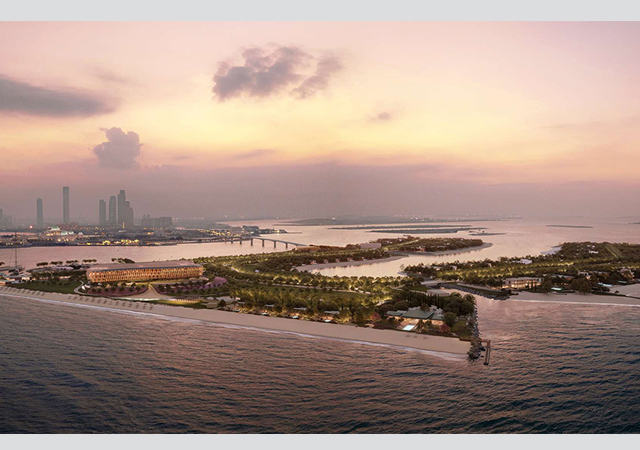



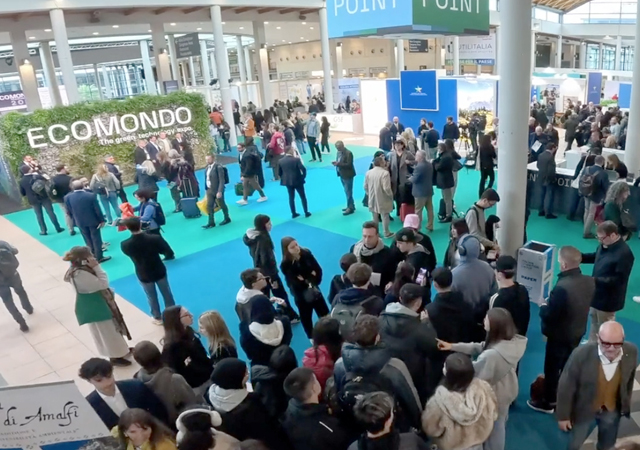
.jpg)


